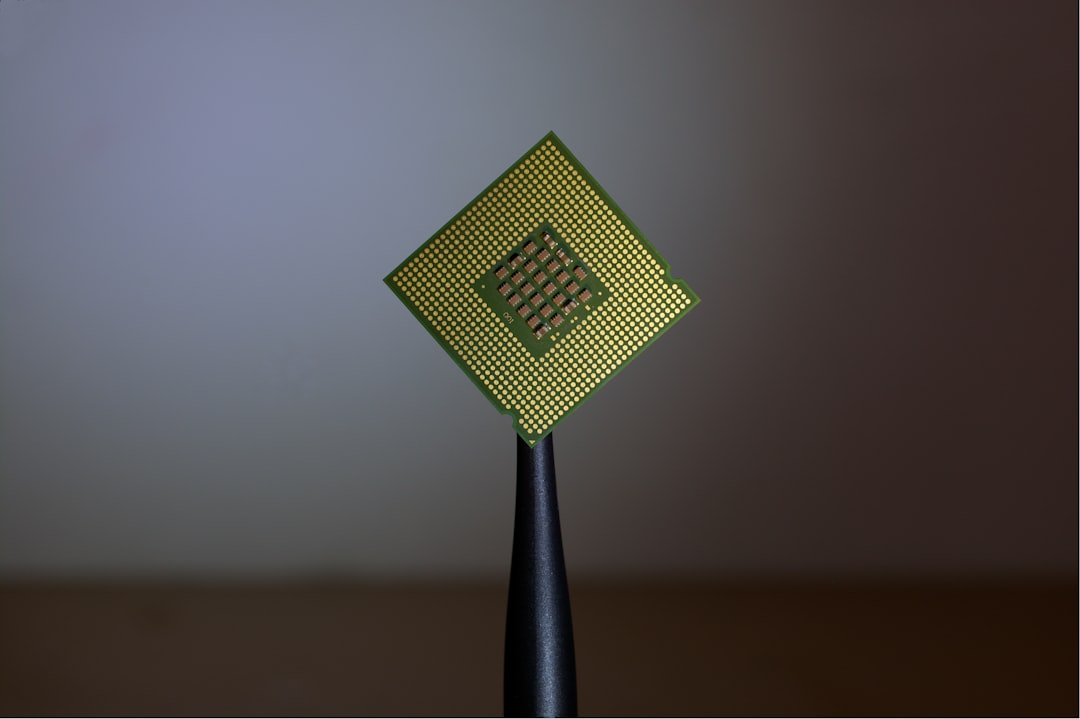What is it about?
The study of atoms and molecules and how the electrons inside them behave is the focus of chemistry and materials science. For this, scientists often rely on simulations and calculations. These help us understand how and why chemical processes occur and discover new useful materials. But, the calculations can be difficult and long. This is where machine learning (ML) comes in. ML not only makes the calculations simpler but also improves the accuracy of predictions. It can discover hidden trends within large data sets and provide deeper insights. Moreover, it can help guide and predict chemical reactions. In fact, research papers on the practical potential of ML are published every day. But, how does ML affect the skills required in Ph.D. graduates? In this article, the authors address this question and discuss how ML can benefit scientists not trained in ML. They provide an overview of how ML has changed the approach in theoretical chemistry and materials science. The authors suggest that simulation software using ML needs to become more user-friendly. Scientists must be open to sharing data and ML methods. Finally, Ph.D. graduates need to adapt their skillset to the demands of ML methods.
Featured Image

Photo by Marius Masalar on Unsplash
Why is it important?
Problems in theoretical chemistry and materials science are often complex and take time to solve. ML models can speed up simulations and make more accurate predictions compared to standard methods. As a result, there has been a big push to apply ML here. But, scientists with traditional expertise do not have the required ML expertise. This article provides suggestions on how this problem could be solved. KEY TAKEAWAY: ML is a powerful tool for solving many open problems in theoretical chemistry and materials science. It, therefore, needs to become more accessible to non-experts and Ph.D. graduates.
Read the Original
This page is a summary of: Perspective on integrating machine learning into computational chemistry and
materials science, The Journal of Chemical Physics, June 2021, American Institute of Physics,
DOI: 10.1063/5.0047760.
You can read the full text:
Contributors
Be the first to contribute to this page










